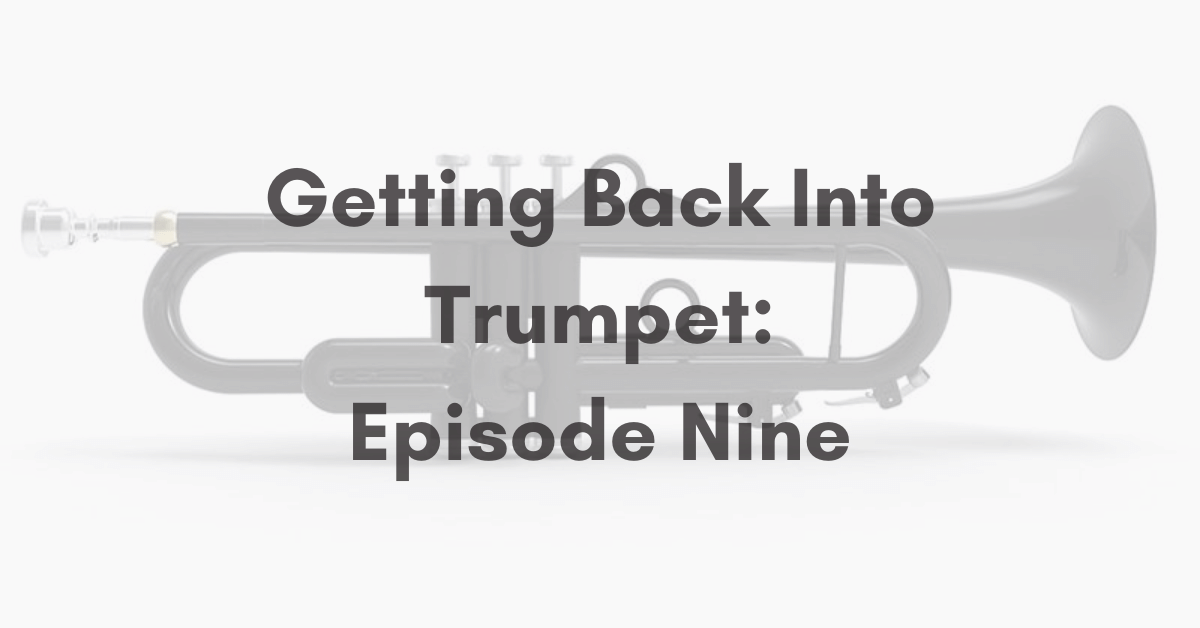
Topics:
February 16th, 2024
1 min read

In the ninth vlog of the Recover series, Grant Golding addresses an often-overlooked aspect of trumpet playing: stamina. As players return to ensemble rehearsals and performances, building endurance is crucial. Just like athletes, trumpet players must condition their muscles to handle prolonged playing.
Grant suggests starting with simple yet effective exercises, like playing a C major scale with slow trills. This exercise is not just about playing notes; it's about feeling the burn in the facial muscles, indicating they're getting a good workout. To increase the intensity, players can move to higher notes or add flutter tonguing.
Flutter tonguing is a recurring theme in Grant's teaching because of its effectiveness in engaging the right muscles for trumpet playing. Even on lower notes, flutter tonguing can enhance muscle strength, crucial for building stamina.
An often neglected aspect of building stamina is recovery. Just as athletes cool down after intense physical activity, trumpet players need to relax their facial muscles post-practice. Grant describes traditional brass player recovery techniques, like the 'horse flappy thing,' and suggests more discreet methods suitable for public spaces.
Drawing parallels with professional athletes, Grant advocates for self-massage as a recovery technique. Using the fingers and thumbs to knead the muscles along the jawline, around the chin, and across the 'moustache' area helps improve blood flow, aiding in quicker muscle recovery. This technique is especially beneficial after extensive playing or exercises designed to wear down the muscles.
Ready to check out this video episode from Grant? Course you are. Here's episode nine of Recover - Getting Back Into Trumpet:
Building stamina in trumpet playing is a blend of targeted exercises, flutter tonguing for muscle engagement, and proper recovery techniques. By integrating these elements into your routine, you can significantly improve your endurance, preparing you for the challenges of ensemble playing and performances. Remember, stamina in music, like in sports, is built over time with consistent practice and proper recovery.
Adam is the Content Manager at pBone Music. This should mean that he’s the ideal person to write about himself, but he finds boasting in the third person a little awkward. He honed his word wizardry with a degree in English Language and Literature at the University of Leeds. He has since written copy for clients and businesses across the land, from awards to something beginning with “z”. He also spent a number of years as a musician. He has written pop songs and even jingles for kids, performed more first dances at weddings than you could shake a pBuzz at, and once played a gig for a pie company at The Etihad Stadium in Manchester. When he’s not reminiscing about those good old days, you might find Adam enjoying the football (although as an Everton fan, that can be difficult). He also loves spending time with his partner, Jen, and his family and friends, and sincerely hopes they feel the same way.
Topics: